Windows 8.1 vs Google Chrome OS review
Can your business save money by using Chrome OS instead of Windows?


Chrome OS devices have proved popular in the US to-date, but momentum is starting to pick up in the UK. Barking and Dagenham Council deployed 2,000 Chromebooks to replace Windows XP systems earlier this year and ABI Research expects sales to reach 11 million units annually by 2019.
All the major PC manufacturers from Acer through to Samsung are busy churning out the low-cost laptops. It's clear these sub-250 devices can help SMBs, educational institutions and government organisations cut costs, but is performance capable of matching legacy operating systems like Windows? We put them head-to-head to find out.
Windows 8.1 vs Chrome OSFeatures and Flexibility Applications Performance Management and Security Cloud and Connectivity Price & Verdict
Interface and Ease-of-Use
It's no secret some companies and users have found the move to Windows 8.x a challenge. The Start screen and its Live Tiles are touch friendly, but not everyone feels comfortable using an OS where much of functionality is hidden and a simplified tile system is promoted over the traditional desktop.

Windows 8.1 UI arguably works better on a tablet or a smaller laptop, and business users will appreciate the smaller touches, like the way clicking or tapping on a URL inside a link opens up internet Explorer in a split-screen view, rather than simply switching to the browser. What's more, you can chose to boot to the conventional Desktop interface, use the Taskbar as an application launcher and disable the Charms if you wish.
Ironically, Chrome OS looks more like conventional desktop operating system than Windows. There's a dock/app launcher in the bottom left-hand corner and a system tray with time, network and battery indicators on the bottom right, which also provides one-click access to the basic settings.
Chrome OS supports multiple windows, with a multi-function maximise and minimise button that can also dock windows to the left or right of the screen and resize them to fit halfway a bit like Windows' snap feature.
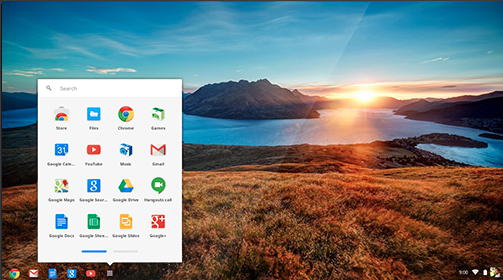
It's not sophisticated, but it is simple and some users will find it more intuitive than Windows 8.1
Winner: A Tie. The Windows 8.1 UI is more sophisticated, configurable and effective on touchscreen devices, but Chrome OS is the more intuitive, consistent and strangely more conventional of the two.
Get the ITPro daily newsletter
Sign up today and you will receive a free copy of our Future Focus 2025 report - the leading guidance on AI, cybersecurity and other IT challenges as per 700+ senior executives
Stuart has been writing about technology for over 25 years, focusing on PC hardware, enterprise technology, education tech, cloud services and video games. Along the way he’s worked extensively with Windows, MacOS, Linux, Android and Chrome OS devices, and tested everything from laptops to laser printers, graphics cards to gaming headsets.
He’s then written about all this stuff – and more – for outlets, including PC Pro, IT Pro, Expert Reviews and The Sunday Times. He’s also written and edited books on Windows, video games and Scratch programming for younger coders. When he’s not fiddling with tech or playing games, you’ll find him working in the garden, walking, reading or watching films.
You can follow Stuart on Twitter at @SATAndrews.
-
 Bigger salaries, more burnout: Is the CISO role in crisis?
Bigger salaries, more burnout: Is the CISO role in crisis?In-depth CISOs are more stressed than ever before – but why is this and what can be done?
By Kate O'Flaherty Published
-
 Cheap cyber crime kits can be bought on the dark web for less than $25
Cheap cyber crime kits can be bought on the dark web for less than $25News Research from NordVPN shows phishing kits are now widely available on the dark web and via messaging apps like Telegram, and are often selling for less than $25.
By Emma Woollacott Published
-
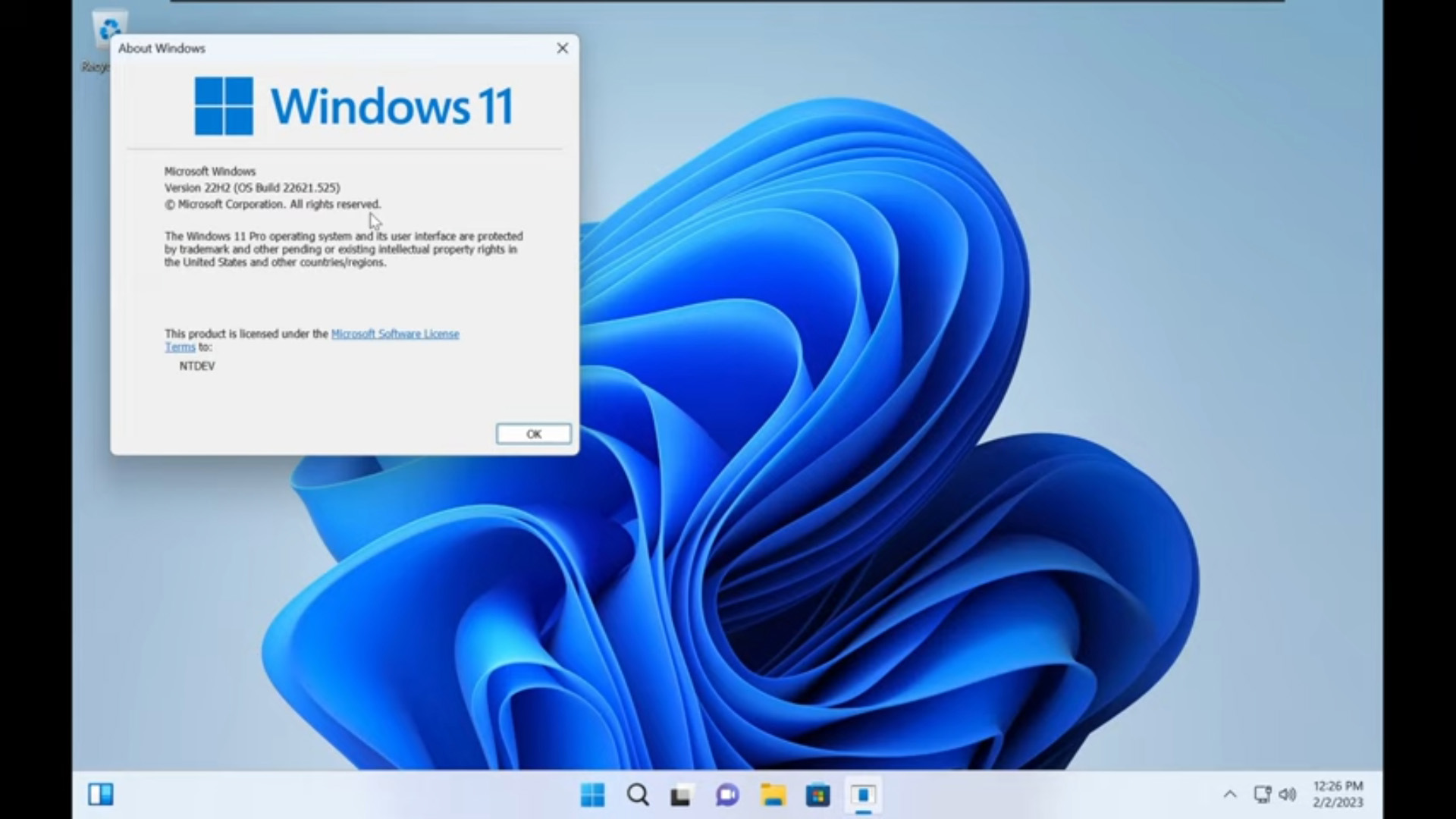 Tiny11 review: Windows 11 with only 2GB of RAM
Tiny11 review: Windows 11 with only 2GB of RAMReview A version of Windows 11 for older machines that don't meet the full requirements
By Nik Rawlinson Published
-
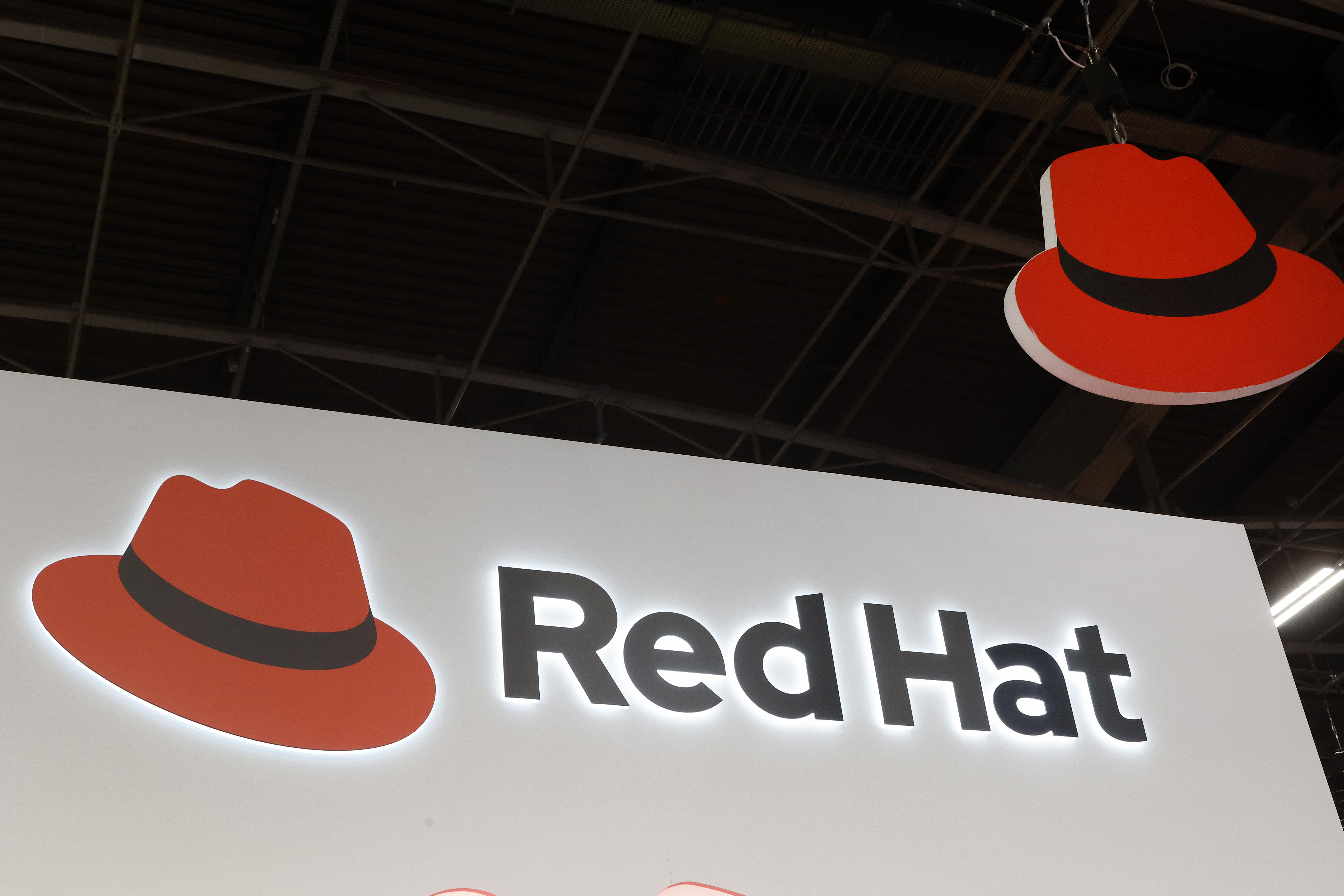 Red Hat Enterprise Linux becomes foundational operating system for Cohesity Data Cloud
Red Hat Enterprise Linux becomes foundational operating system for Cohesity Data CloudNews New strategic partnership between Red Hat and Cohesity aims to drive innovation in the data security and management space
By Daniel Todd Published
-
 Ubuntu shifts to four-week update cycle
Ubuntu shifts to four-week update cycleNews Critical fixes will also come every two weeks, mitigating the issues involved with releasing prompt patches on the old three-week cadence
By Richard Speed Published
-
 AlmaLinux follows Oracle in ditching RHEL compatibility
AlmaLinux follows Oracle in ditching RHEL compatibilityNews Application binary compatibility is now the aim with 1:1 now dropped
By Richard Speed Published
-
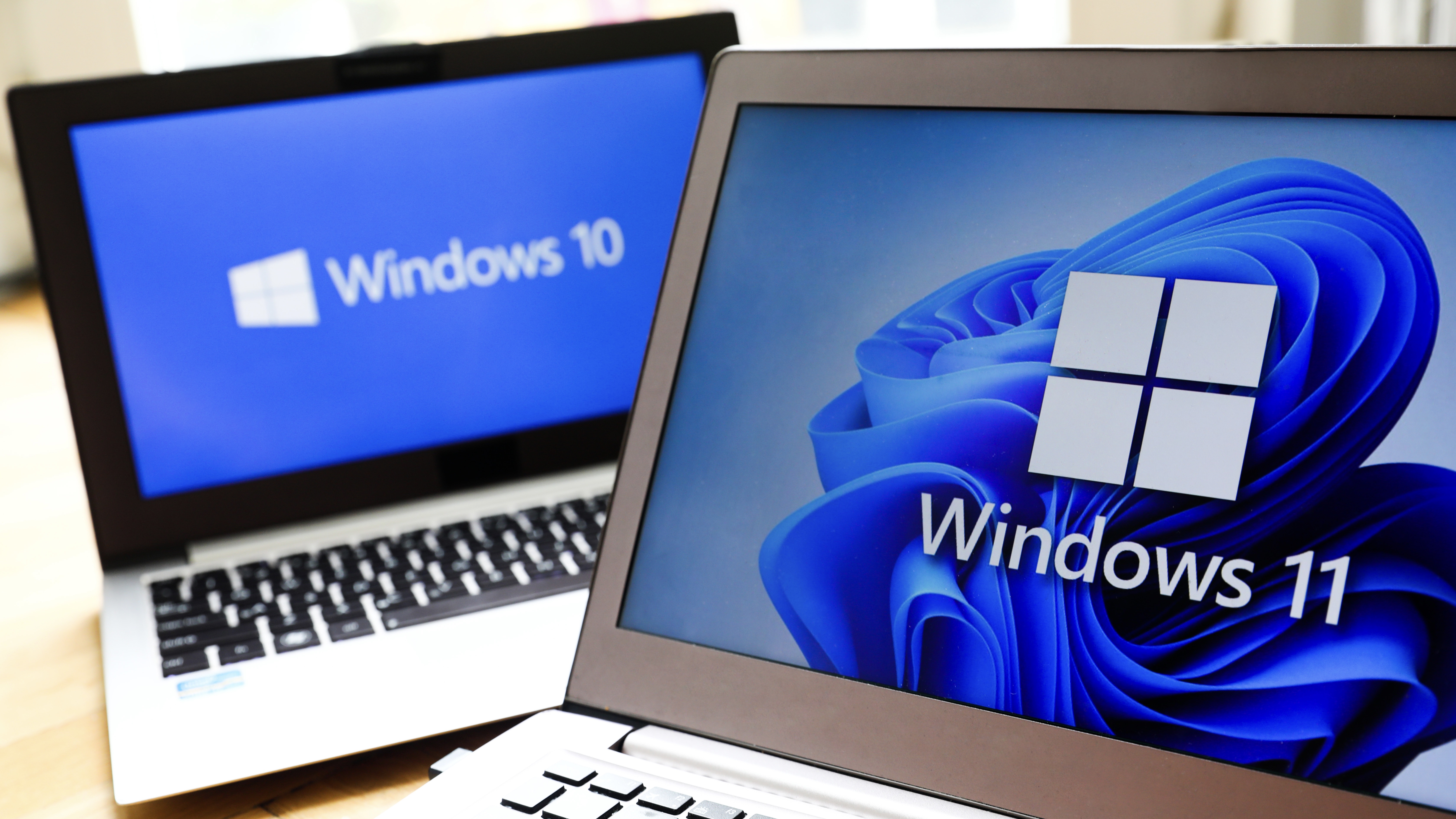 How big is the Windows 10 cliff-edge?
How big is the Windows 10 cliff-edge?ITPro Network With some comparing the upcoming Windows 10 end of life to Windows XP, we ask members of the ITPro Network for their insight
By Jane McCallion Published
-
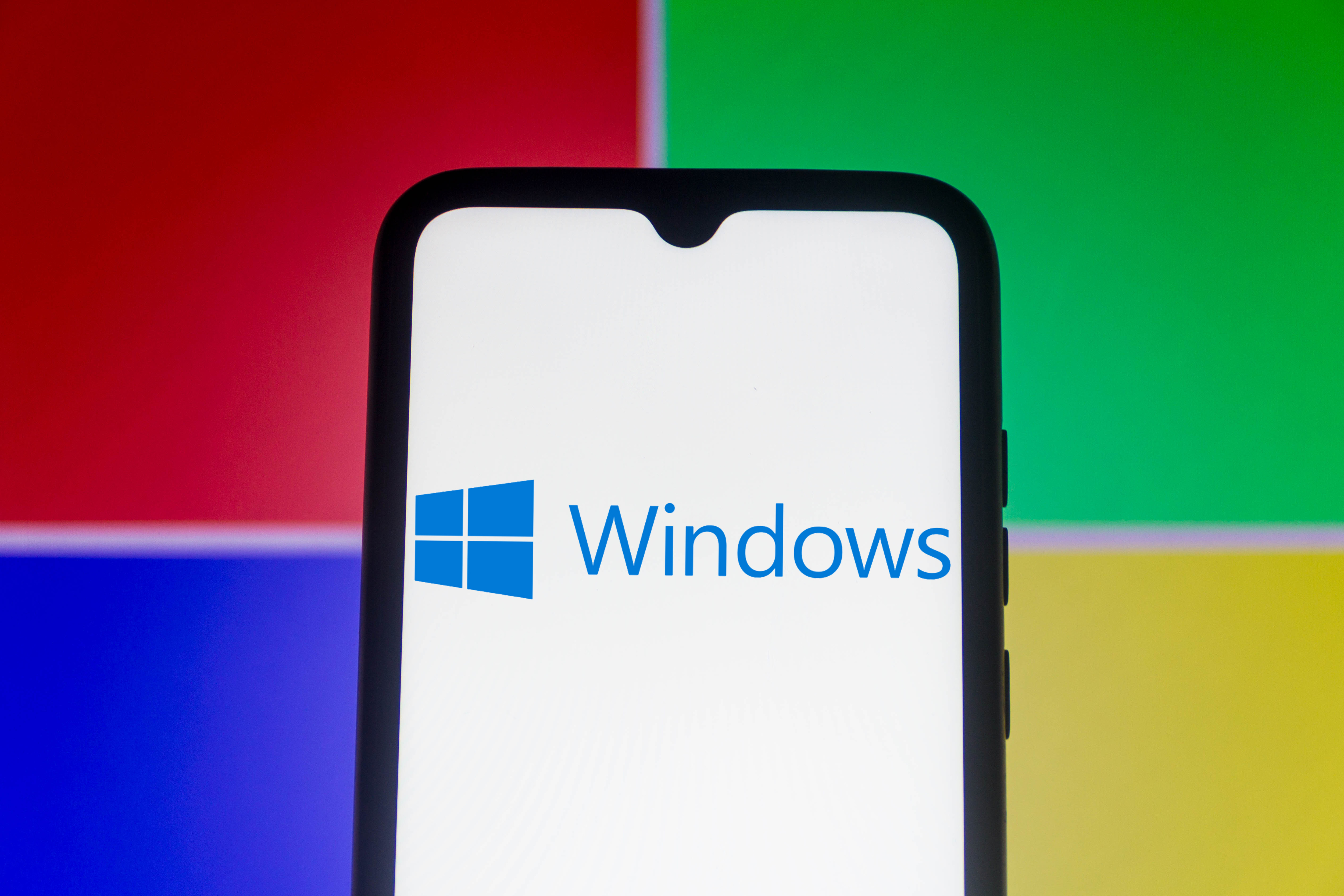 Everything you need to know about the latest Windows 11 updates - from bug fixes to brand-new features
Everything you need to know about the latest Windows 11 updates - from bug fixes to brand-new featuresNews Two new cumulative updates are on the way and will be installed automatically on Windows 10 and Windows 11 machines
By Rory Bathgate Published
-
 How to download a Windows 11 ISO file and perform a clean install
How to download a Windows 11 ISO file and perform a clean installTutorial Use a Windows 11 ISO to install the operating system afresh
By John Loeppky Published
-
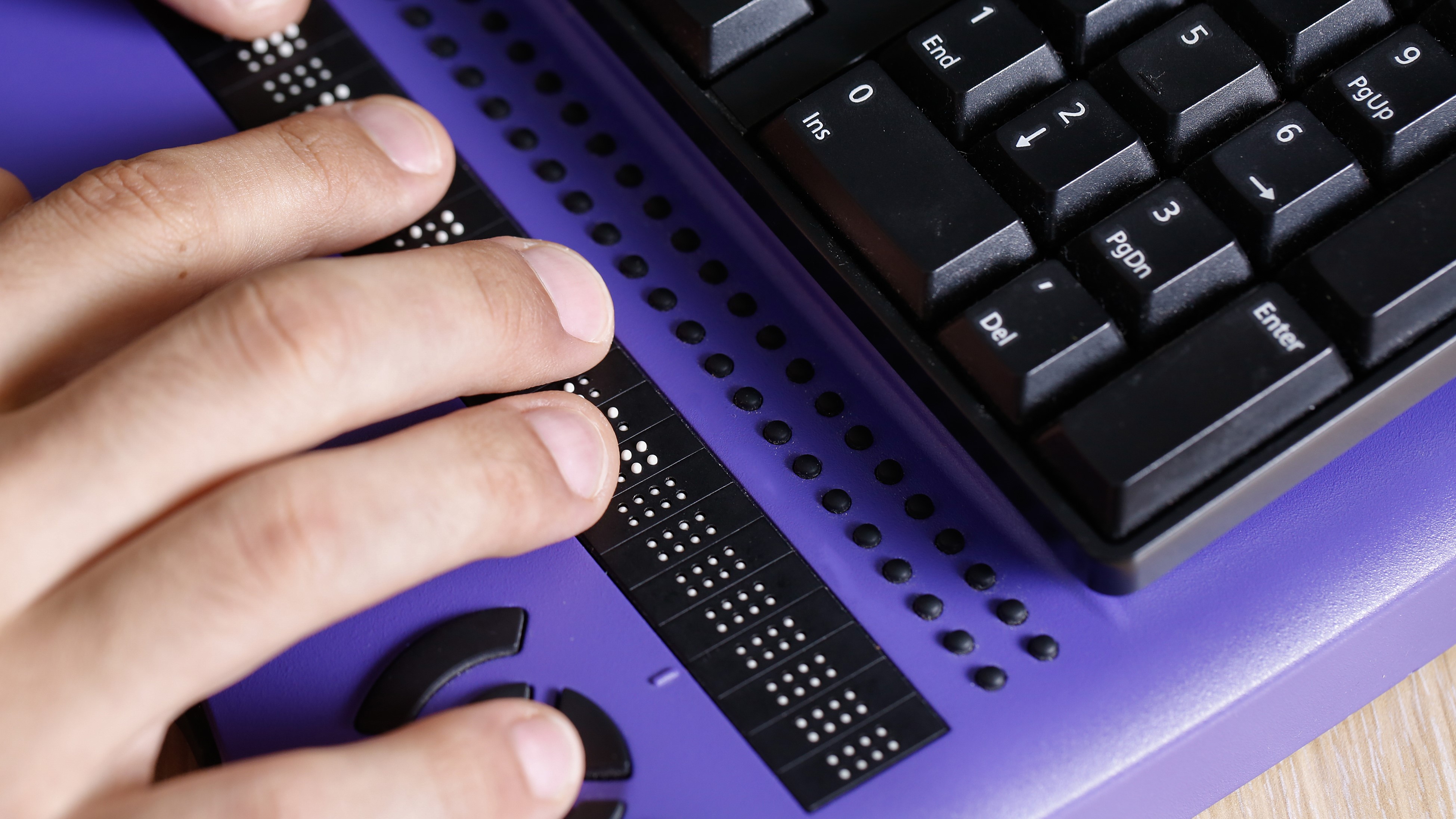 We could all benefit from better Windows and macOS accessibility features
We could all benefit from better Windows and macOS accessibility featuresOpinion Today’s accessibility features can help you work through a nasty injury, but there’s still plenty of room for improvement
By Barry Collins Published